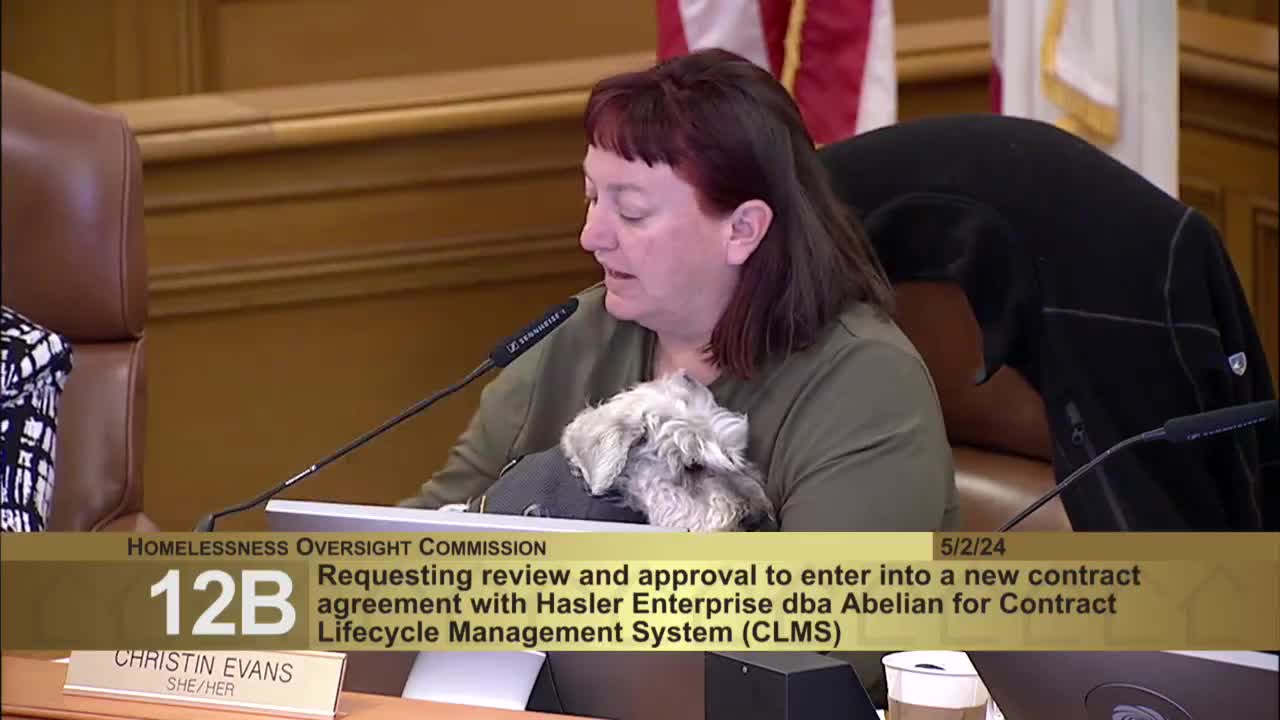Commissioners analyze temporary shelter's high costs and low success rates
May 02, 2024 | San Francisco City, San Francisco County, California

This article was created by AI summarizing key points discussed. AI makes mistakes, so for full details and context, please refer to the video of the full meeting. Please report any errors so we can fix them. Report an error »

In a recent government meeting, officials discussed the performance and challenges of a temporary shelter model in San Francisco, highlighting concerns about its effectiveness and cost. The shelter has served a total of 122 clients, with 86 exits recorded. Currently, 36 individuals remain at the site, leading to an annual cost of approximately $125,484 per person, which exceeds the city's desired expenditure for such services.
The meeting revealed that only 19 of the exits resulted in stable housing, yielding a success rate of about 22%. Alarmingly, 38% of exits were unaccounted for, raising questions about the shelter's overall effectiveness. Officials noted that a contract goal aimed for a 50% exit rate to stable housing, but it remains unclear whether this target is assessed annually or over the shelter's entire operational period.
Lisa Rakowitz, a representative at the meeting, indicated that success rates are typically evaluated on an annual basis. However, the current figures suggest that achieving the 50% goal may be challenging. The discussion also touched on the duration of stay for clients, with some expressing a preference to remain in their vehicles or RVs rather than transitioning to permanent housing.
The meeting underscored the need for a reevaluation of resource allocation and the effectiveness of current shelter models. As the city grapples with housing challenges, the insights from this discussion may inform future strategies to better serve vulnerable populations and optimize funding for housing solutions.
The meeting revealed that only 19 of the exits resulted in stable housing, yielding a success rate of about 22%. Alarmingly, 38% of exits were unaccounted for, raising questions about the shelter's overall effectiveness. Officials noted that a contract goal aimed for a 50% exit rate to stable housing, but it remains unclear whether this target is assessed annually or over the shelter's entire operational period.
Lisa Rakowitz, a representative at the meeting, indicated that success rates are typically evaluated on an annual basis. However, the current figures suggest that achieving the 50% goal may be challenging. The discussion also touched on the duration of stay for clients, with some expressing a preference to remain in their vehicles or RVs rather than transitioning to permanent housing.
The meeting underscored the need for a reevaluation of resource allocation and the effectiveness of current shelter models. As the city grapples with housing challenges, the insights from this discussion may inform future strategies to better serve vulnerable populations and optimize funding for housing solutions.
View full meeting
This article is based on a recent meeting—watch the full video and explore the complete transcript for deeper insights into the discussion.
View full meeting
